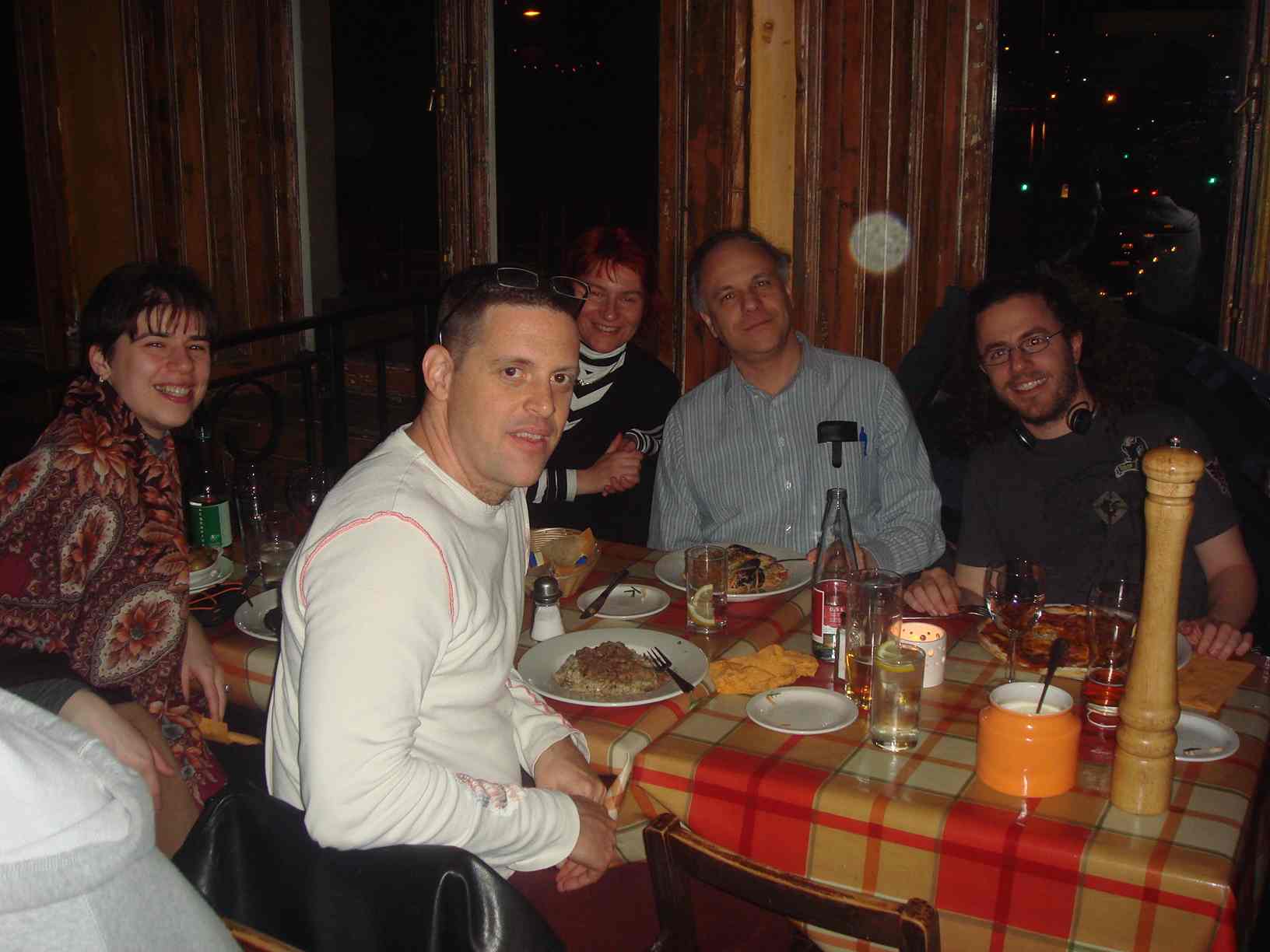Friday, May 2, 3:30 PM
32D-141
Jaye Padgett
University of California, Santa Cruz
Nathan Sanders
Williams College
The role of dispersion, focalization, and articulation in vowel system simulations
Since the seminal work of Liljencrants and Lindblom (1972), a key testing ground for functional, evolutionary, or emergentist approaches to sound systems has been the typology of vowel inventories (e.g., Lindblom 1986, Schwartz et al. 1997, and de Boer 2000). An important innovation of Schwartz et al.’s Dispersion and Focalization Theory (DFT) was calculating the optimality (“energy”) of a vowel system as a weighted combination of:
(i) dispersion: minimization of the auditory distance between vowels (as in Liljencrants and Lindblom 1972) and (ii) focalization: maximization of the importance of “focal” vowels such as [i] and [y] (cf. Stevens’s (1972) quantal vowels).
In this paper, we report results of new vowel system simulations, following the original DFT calculations of Schwartz et al. for the optimality of a given vowel system. However, our algorithm for selecting candidate systems for comparison explores the search space more effectively, allowing for more thorough and accurate computation of DFT’s predictions.
Our results for DFT differ significantly from those published. Specifically, we find a greater number of optimal systems throughout the entire range of possible parameter settings in DFT. Some of these are attested, meaning the DFT does better at modeling the facts than it was originally thought to do. Other optimal systems are unattested, and these help us better determine the parameter space within which the model performs well. We discuss implications and further work.
